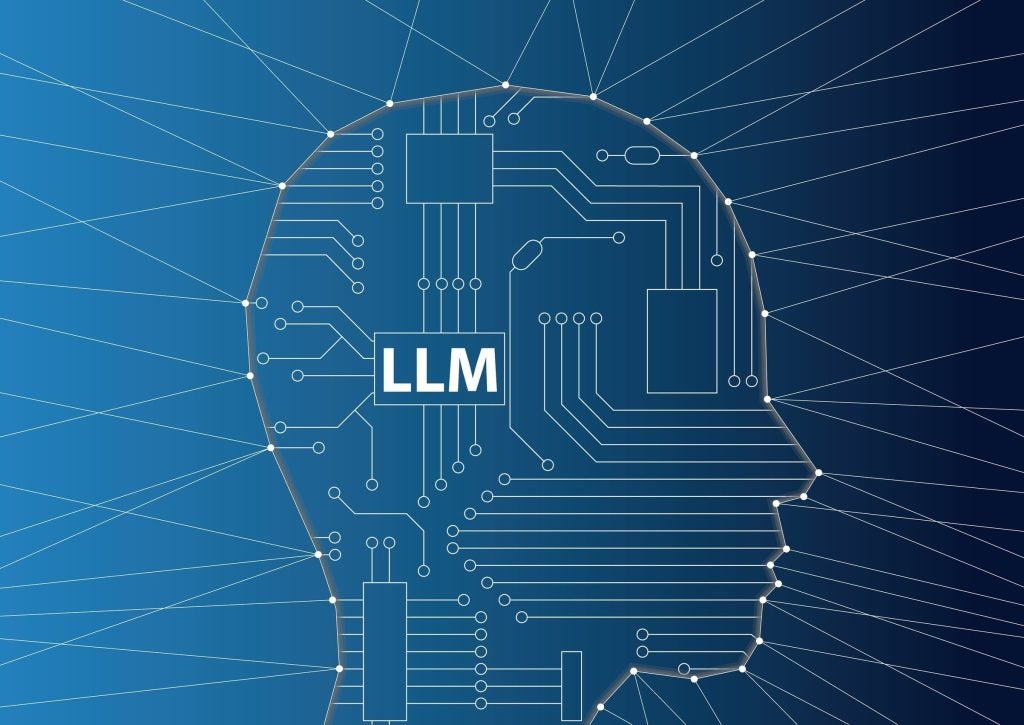Any company bringing a human tissue engineered product to the European market will know the difficulties that this currently entails. In the absence of European-wide regulation, national regulations – where they exist – apply, and these vary widely. A manufacturer, in theory, has to negotiate 25 national systems, with differing requirements, to bring a product to the market. Some human tissue-engineered products (hTEPs) have reached the patient in a few European countries. But the high cost of developing hTEPs means that most of the smaller companies involved are seeking a European-wide or international market.
The European medical technology industry has been aware of the potential of such products for many years, indeed, unsuccessful attempts were twice made to bring hTEPs into the scope of the current Medical Device Directive 93/42/EEC. However, because of concerns from some EU Member States, especially over ethical issues, these earlier attempts failed at EU Council level.
THREE INTO ONE
Following pressure from industry, and the development of a European Directive on the donation, testing, procurement and storage of human tissues (2004/23/EC), the EU Commission initiated work in earnest on a legislative framework for hTEPs during 2004. On 16 November 2005, the European Parliament and European Council’s proposal for the Regulation on Advanced Therapy Medicinal Products (ATMP), amending Directive 2001/83/EC and Regulation (EC) No 726/2004, was published.
The current proposal for the Regulation on ATMP brings three important innovative medical disciplines under one regulatory text, namely gene therapy, somatic cell therapy and hTEPs. The medical technology industry, as represented by Eucomed, has already questioned the wisdom and feasibility of trying to cover gene therapy and somatic cell therapy on the one hand and hTEPs on the other in a single regulation.
The reason for this is that a pharmacological, metabolic or immunological principal intended mode of action is central to gene and somatic cell therapy, whereas hTEPs have a principally physical (or device-like) mainly intended mode of action. Therefore, the design-phase and ongoing risk assessment, clinical investigation and other key technical requirements are quite different.
How well do you really know your competitors?
Access the most comprehensive Company Profiles on the market, powered by GlobalData. Save hours of research. Gain competitive edge.

Thank you!
Your download email will arrive shortly
Not ready to buy yet? Download a free sample
We are confident about the unique quality of our Company Profiles. However, we want you to make the most beneficial decision for your business, so we offer a free sample that you can download by submitting the below form
By GlobalDataFurthermore, hTEPs are one part of a wider branch of medical technology generally referred to as regenerative medicine, some parts of which could remain unregulated under the current proposed regulatory framework.
USEFUL DEFINITIONS
Perhaps it would be useful to define gene therapy, somatic cell therapy and human tissue engineering as they are included in the draft ATMP Regulation. A gene therapy medicinal product is a set of processes aimed at the transfer, to be performed either in vivo or ex vivo, of a prophylactic, diagnostic or therapeutic gene, to human cells and its subsequent expression in vivo. The gene transfer involves an expression system contained in a delivery system known as a vector, which can be of viral or non-viral origin.
A somatic cell therapy medicinal product is one that uses autologous (emanating from the patient himself), allogeneic (coming from another human being) or xenogeneic (coming from animals) somatic living cells. Somatic cell therapy includes the administration of autologous, allogeneic or xenogeneic cells, the biological characteristics of which have been altered to obtain a therapeutic effect through metabolic, pharmacological and immunological means.
This definition will include the expansion and activation of autologous cell populations ex vivo (adoptive immunotherapy), the use of allogeneic cells contained in micro-capsules for protein medicinal product replacement and the use of cells of human origin containing intrinsic matrix scaffolds, biodegradable or not.
A tissue-engineered product is one that contains or consists of engineered cells or tissues and is presented as having properties for, or is used in or administered to human beings with a view to, regenerating, repairing or replacing a human tissue. A tissue-engineered product may contain cells or tissues of human or animal origin, or both. The cells or tissues may be viable or non-viable. It may also contain additional substances, such as cellular products, biomolecules, biomaterials, chemical substances, scaffolds or matrices.
COMPLEX WEB OF REGULATION
The proposed ATMP Regulation poses challenges to regulators and industry alike in a number of areas. Firstly, a ‘cascade’ of regulatory measures is likely in relation to the ATMP Regulation. The regulation itself will form a top-level framework which establishes the basis and framework for second-level measures – for example EU Commission directives implementing key technical requirements. A third tier of complementary measures will probably comprise guidance documents on specific detailed technical issues written by the EMEA.
While it is likely that the EMEA will seek industry input on the development of its guidance documents, the secondary-level measures are likely to be developed by the Commission itself under a process known as ‘comitology’, to which industry will have very limited access. It is vital, therefore, that the top-level ATMP Regulation itself comprises the necessary and correct requirements and framework to set the scene properly for secondary-level work within the Commission’s relevant committee.
Another challenge could be the complexity of the ATMP Regulation. A recent analysis within Eucomed suggested that there could well be several hundred pages of further legislation cited by cross-reference in the proposed ATMP Regulation. Among these, only a few might be directly applicable and have any legal certainty.
INNOVATION-FRIENDLY REQUIREMENTS
Fast-developing areas such as gene therapy, somatic cell therapy and hTEPs will each need requirements appropriate to their specific needs. While gene therapy and somatic cell therapy retain some clear ‘pharmaceutical’ characteristics, they are not like traditional mass-produced pharmaceutical products. Furthermore, hTEPs are generally considered to be much closer to medical devices in their principal intended mode of action than to pharmaceuticals. In addition, the rate of scientific innovation is high in all three areas, and so technical requirements will need to be geared at the same time towards protecting the safety of patients and allowing for innovation, if they are to be effective as a means of control and of enabling innovative products to reach the patient.
In my view, the traditional ‘prescriptive requirement’ regulation model, as currently applied to pharmaceuticals, has very serious drawbacks, as the rate of innovation may greatly exceed the ability of regulators to keep up. The need to take into account the highly innovative character of gene therapy, somatic cell therapy and hTEPs suggests that a different approach should be taken. The potential range and diversity of products is enormous, and this points towards the need for a regulatory model based on a design-phase risk management approach. Indeed, this approach has been used very successfully in the medical device sector for more than a dozen years, resulting in tremendous strides in innovation across thousands of different device categories that would have been restricted by prescriptive legislation.
Such an approach dictates that one must first characterise the intended purpose of a product and then systematically identify all the hazards inherent in the product throughout its life cycle. For each identified hazard, the risks must then be evaluated and assessed. Only when all hazards and associated risks have been identified and evaluated, and risk control measures implemented may one judge whether the benefit to the patient outweighs the risks. Such a systematic process provides important pointers to the applicability and design of further risk control measures, such as clinical investigation.
The proposed ATMP Regulation indicates the applicability of such an approach. Unfortunately, it falls short of the compulsory systematic risk management approach considered essential by the medical technology industry.
CAT COMPETENCIES
Another important question for industry relates to the competencies required for the proposed specialist EMEA Committee for Advanced Therapies (CAT). It is clear that specific expertise on a number of different technologies will be required with the CAT to cover gene therapy, somatic cell therapy and hTEPs, as well as other related disciplines. However, Chapter 7 of the draft ATMP Regulation, which addresses the CAT, allows for a composition formed essentially of EU Member State representatives. Industry, however, believes that relatively few of the current 25 EU Member States will have personnel available with the necessary experience and expertise to cover gene therapy, somatic cell therapy and hTEPs.
As it seems futile, and indeed counter-productive, to have an approval system without the necessary expertise to make it work, industry proposes that the composition of the CAT should be much more focused on the necessary competence than the representation of each and every Member State.
CONVERGENCE PROBLEM
Additional regulatory problems and issues are raised by the fact that other medical technologies are converging with the three disciplines already discussed. For example, it is extremely likely that the ability to work at the nano-level will strongly impact all three areas. In addition, nanotechnology is being applied increasingly to areas such as advanced materials, and this brings fresh challenges, as a material in nano-particulate form does not behave in the same way as the material in bulk form, and they require their own specialised risk analysis and management.
Looking into the future, there are opportunities to combine human tissue engineering and other innovative technologies, such as MEMS and possibly NEMS, to create a completely new generation of devices, such as an artificial retina or neural implants. Indeed, some pioneering research has already taken place on such concepts. This blurs the demarcation between what were once quite distinct products and regulatory systems, and underlines the need to take a long, hard look at the regulation of emerging medical technologies. Failure to do so will prevent innovative treatments from reaching patients quickly and discourage the innovation process. It will also result in inappropriate or burdensome regulation and the loss of competitiveness of the European industry.
The regulatory model used for medical devices has proved reliable and robust. It has resulted in a high level of patient safety, it has stimulated innovation and it could well provide the most suitable conceptual basis for the regulation of future innovative medical technology products.







